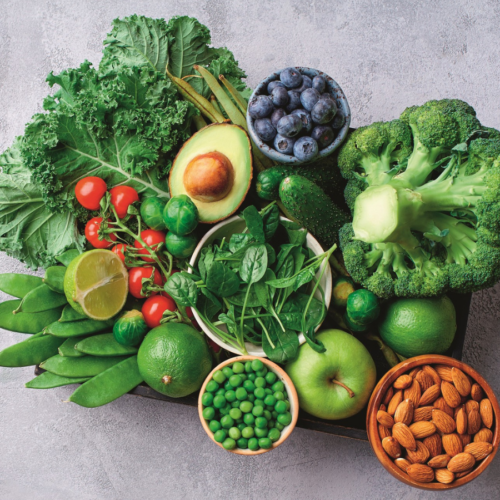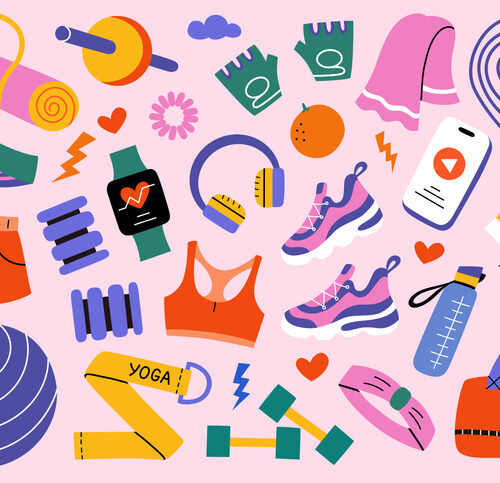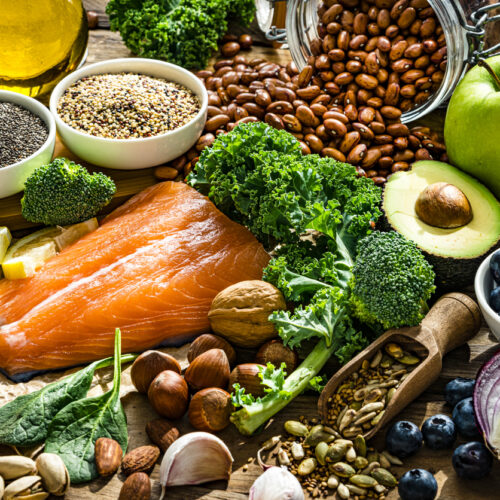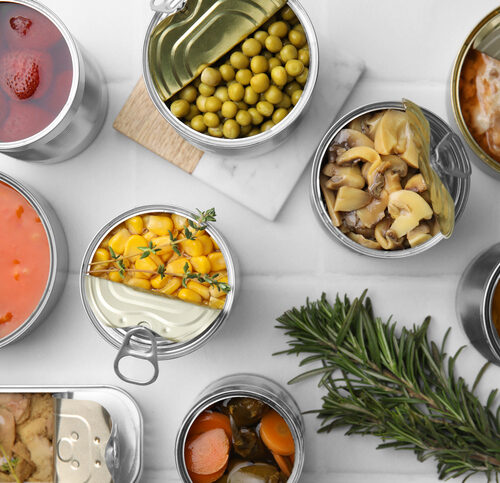
Are you a snacker, grazer or three-meals-a-day person? Do you skip breakfast, have little lunch then feast all evening because you are starving or “because you deserve it”?
Do you eat because you are tired, miserable or bored? Are you “on track” most of the time, but have mini food “breakouts” because it is all too difficult?
Eating habits are shaped over our lifetime. Identifying and understanding them is the first stage in your journey to a healthier weight, and the easiest way to do this is through a food diary. A food diary not only helps you remember what you have eaten, it helps you to identify why you ate and how the food made you feel. It also helps you get back in touch with feelings of hunger and fullness – feelings you may not fully recognise, particularly if you eat randomly or chaotically.
Most importantly, food diaries enable you to identify habits or food choices that may be contributing to your being above a healthy weight. Once these are identified, you have a starting point for change.
What do I need to record?
There may be templates you can download from the web but it is easy to make one up yourself by drawing a table with seven columns using landscape orientation. Label each column as follows:
- Time
- What you ate/drank
- How you felt before eating (tired, bored, happy…)
- How hungry were you before eating?
- How full were you after eating?
- How satisfied were you after eating, eg. wished you had eaten something different?
- How fast did you eat (fast, moderate, slow)?
Fill in the details for at least five days (including two weekend days). Include EVERYTHING you eat or drink, even the children’s leftovers. Remember, there is no one to shock or impress but yourself!
How will I work out hunger and fullness?
When as young children we are encouraged to eat at certain times and to finish the quantities our caregivers have allocated, we are also encouraged to suppress our natural feelings around hunger and fullness. The food diary activity helps you to get in touch with hunger and fullness, and learn what generates those feelings again. As a guide, use the following hunger/fullness scale – assess how you feel before and after you eat.
- 1 = ravenous (cannot think about anything else but food)
- 2 = hungry (strong thoughts about food)
- 3 = reasonably hungry (thinking about food)
- 4 = slight hunger pangs
- 5 = not hungry, not full
- 6 = satisfied (do not want any more)
- 7 = full (a little uncomfortable)
- 8 = full (quite uncomfortable)
- 9 = very full (definitely uncomfortable)
What do I do with my diary once I have completed it?
The next stage is to analyse your diary. This involves identifying the habits and foods that may be contributing to any unwanted weight gain. Habits may include not having breakfast, not hitting your five-plus-a-day veggie serves, having biscuits or a muffin for morning tea, sugar in your tea or coffee, drinking full-fat milk, raiding the fridge the minute you get home in the evening, drinking wine or beer after work, etc.
Foods may include high-saturated-fat and high-sugar items such as butter, cream, pastries, cakes, biscuits, muffins, chips, confectionery, sugary drinks and alcohol.
Once foods and habits have been identified, the next stage is to work on changing them. This needs to be tackled carefully and slowly – but more on that next time!
www.healthyfood.com










